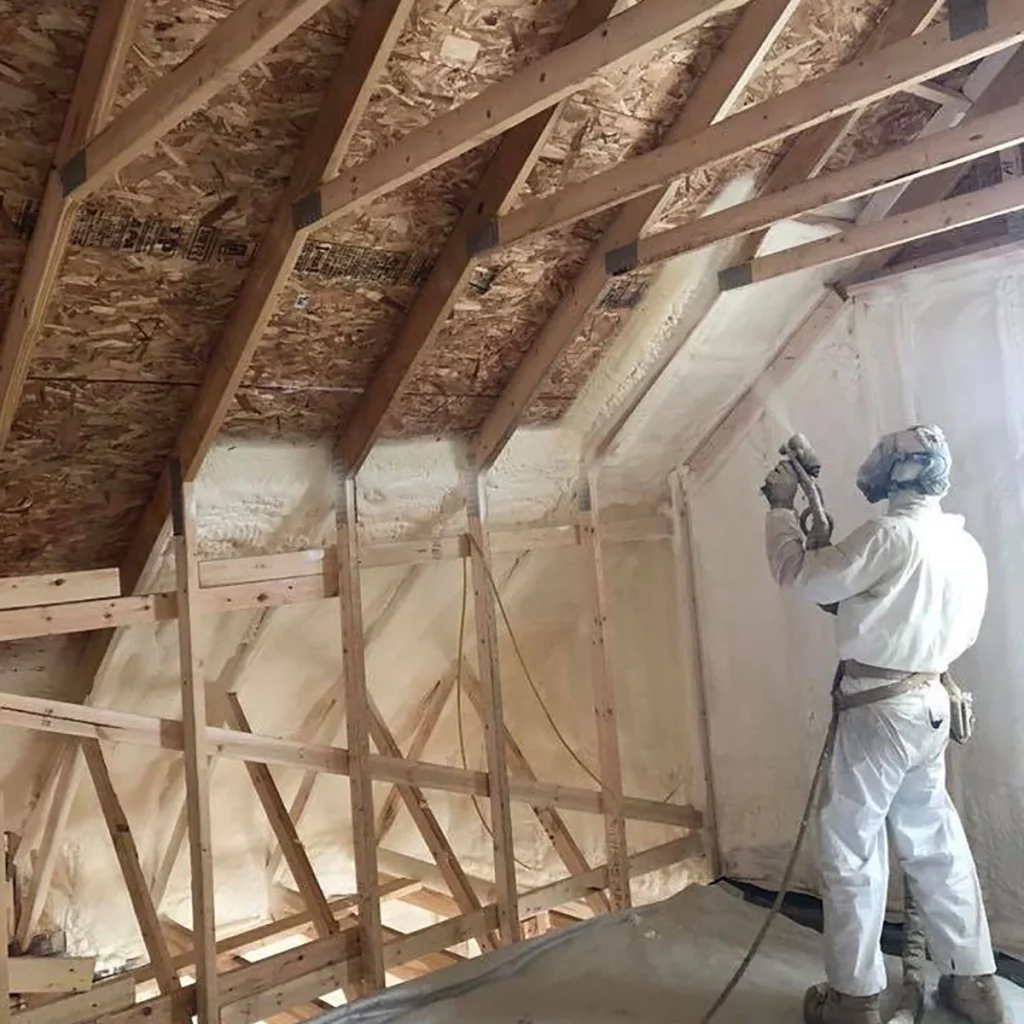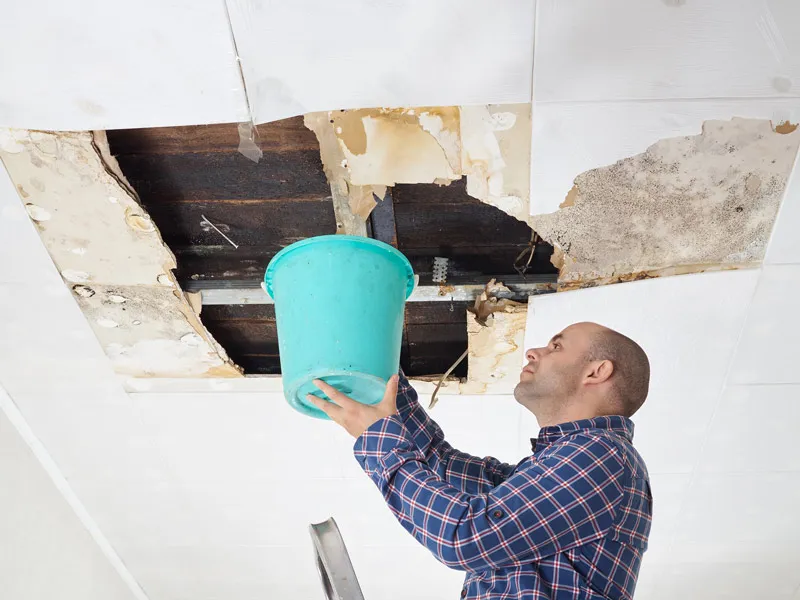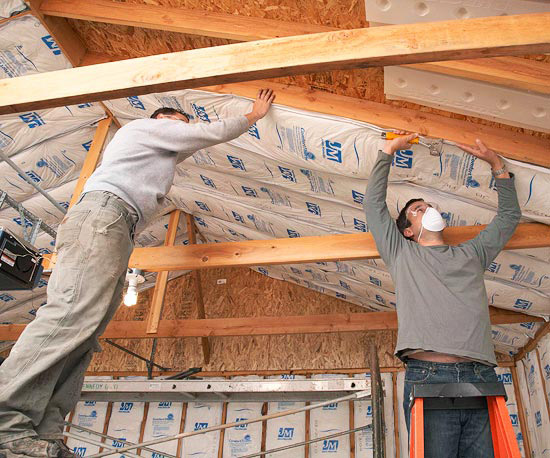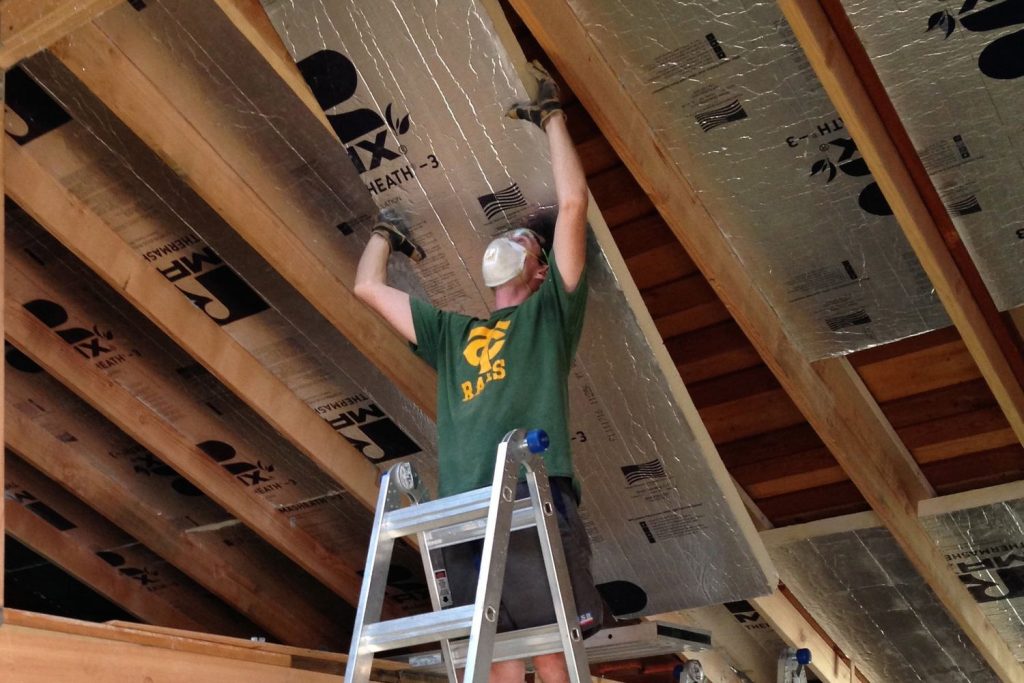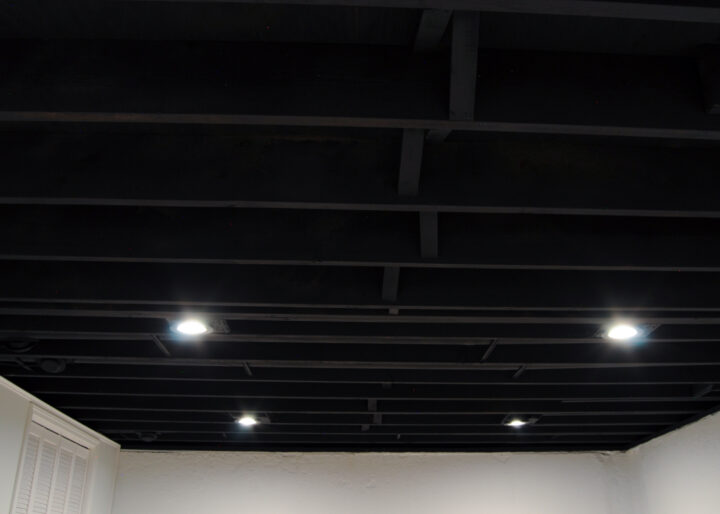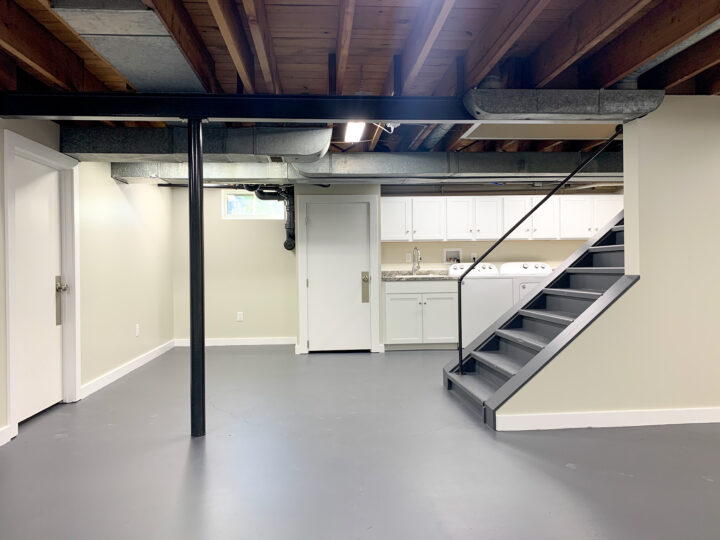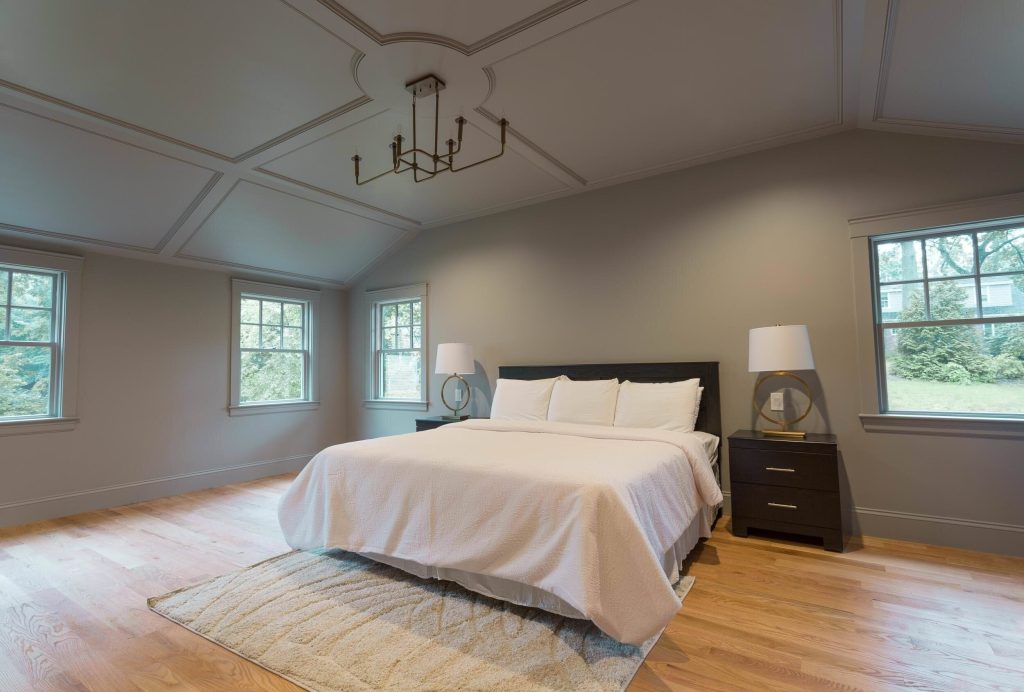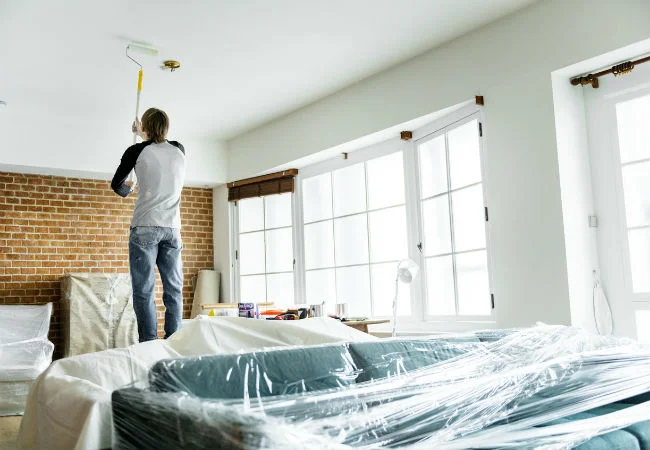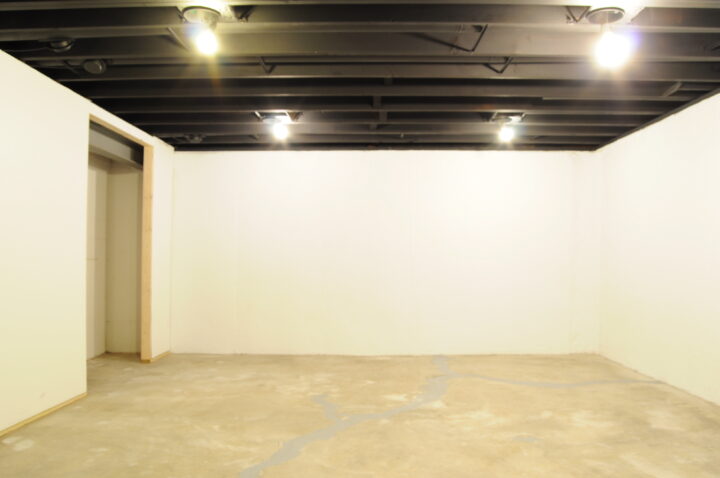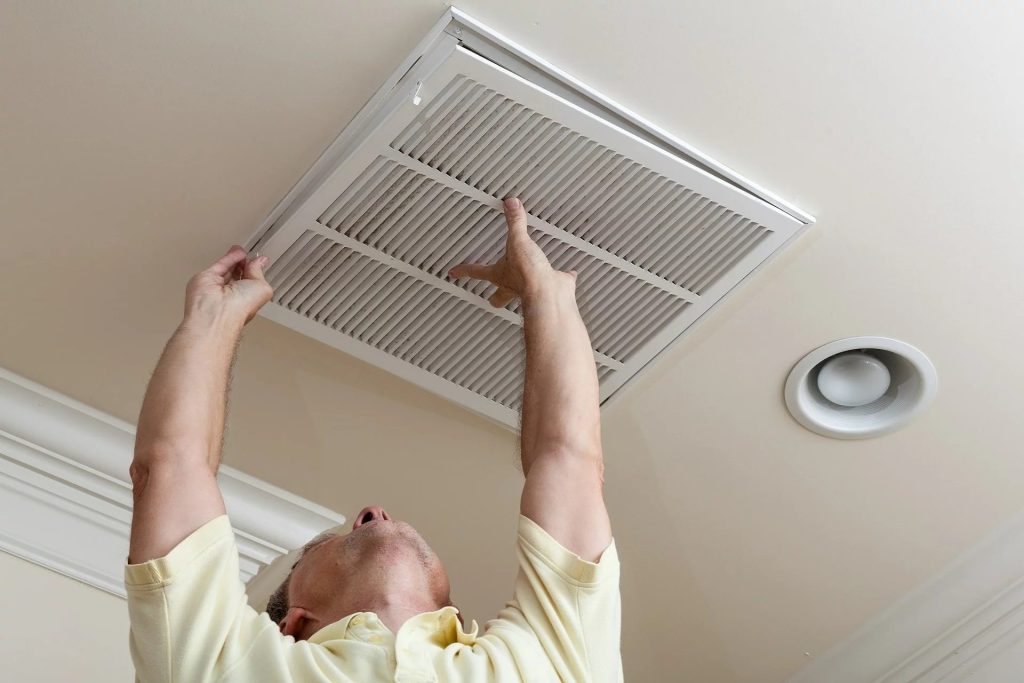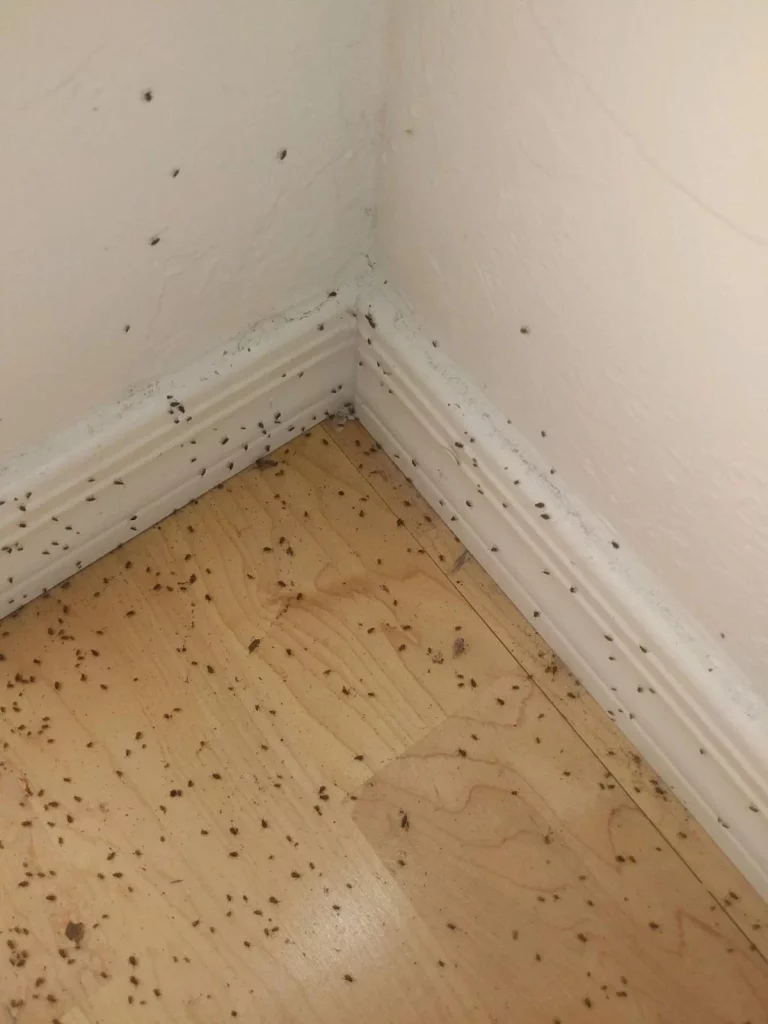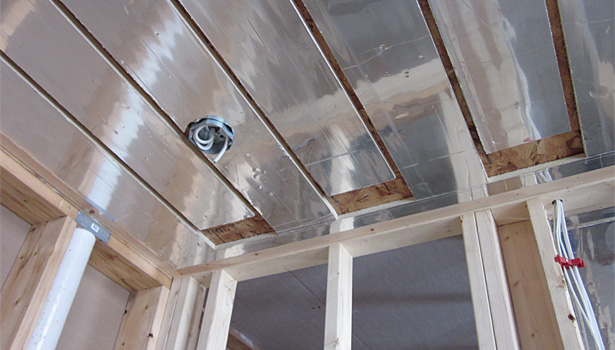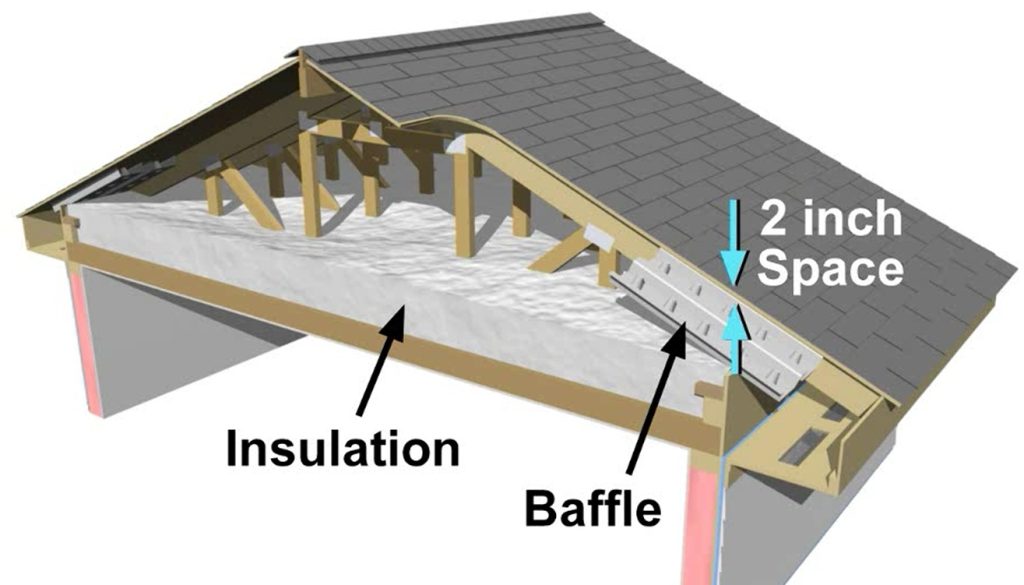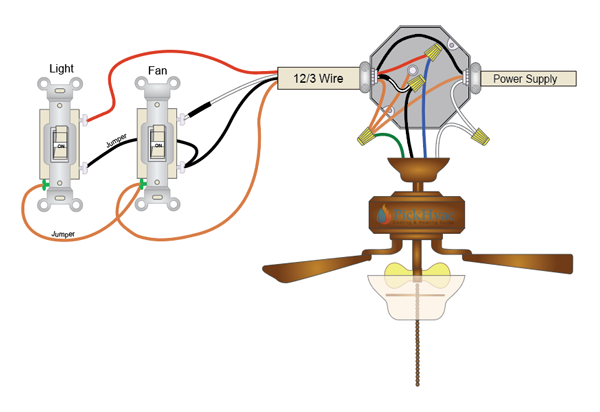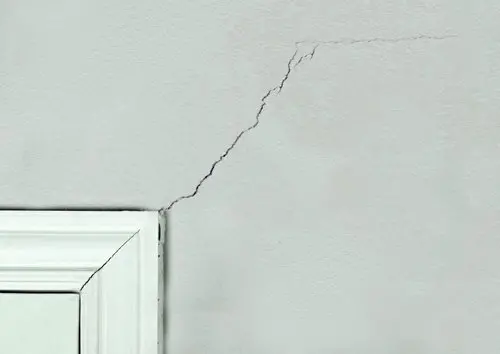If you’re looking to update the look of your basement ceiling, spray painting is a great option. It’s a quick and easy way to give your basement a fresh new look, and it’s relatively inexpensive.
In this article, we’ll discuss the cost of spray painting a basement ceiling in detail. We’ll also cover some of the factors that can affect the cost, so you can get an accurate estimate for your project.
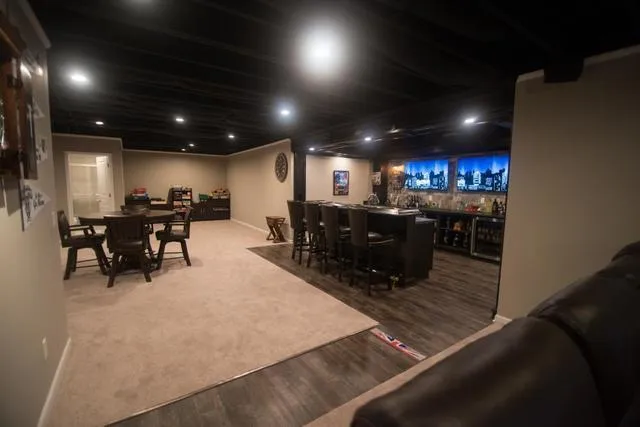
Cost to Spray Paint a Basement Ceiling
The cost to spray paint a basement ceiling varies depending on a number of factors, including the size of the ceiling, the type of paint you use, the cost of labor in your area, and the level of difficulty of the project.
In general, you can expect to pay between $1 and $3 per square foot to have a basement ceiling painted. For a 1,000 square foot ceiling, this would cost between $1,000 and $3,000.
Factors that Affect Cost
The following factors can affect the cost of spray painting a basement ceiling:
- Size of the ceiling: The larger the ceiling, the more expensive it will be to paint. For example, a 1,000 square foot ceiling will cost twice as much to paint as a 500 square foot ceiling.
- Type of paint: Paints with higher quality finishes or special features, such as fire retardant paint, will cost more. For example, a paint with a high-gloss finish will cost more than a paint with a matte finish.
- Cost of labor: Labor costs vary depending on your location and the availability of painters. For example, labor costs in a major metropolitan area will be higher than labor costs in a rural area.
- Level of difficulty of the project: Some basement ceilings are more difficult to paint than others. For example, a ceiling with a lot of beams or other obstructions will be more difficult to paint than a smooth ceiling.
DIY vs. Professional
You can save money by painting your basement ceiling yourself. However, it’s important to note that spray painting can be a messy process. If you’re not comfortable working with spray paint, it’s best to hire a professional.
Tips for Saving Money
If you’re on a budget, there are a few things you can do to save money on your basement ceiling painting project:
- Do it yourself: If you’re comfortable working with spray paint, you can save a significant amount of money by painting your basement ceiling yourself.
- Choose a less expensive paint: There are a number of affordable paints available that will still give you a good finish.
- Paint during the off-season: Labor rates are typically lower during the off-season.
- Consider the level of difficulty of the project: If you’re not sure if you can handle the project yourself, it’s best to hire a professional.
Additional Information
- Spray painting a basement ceiling is a relatively easy project that you can do yourself. However, it’s important to follow safety precautions when working with spray paint.
- If you’re not comfortable working with spray paint, it’s best to hire a professional. A professional painter will have the experience and expertise to get the job done right.
- There are a number of different types of paint available for basement ceilings. Choose a paint that is specifically designed for basements.
- It’s important to prepare the surface before painting. This will help to ensure that the paint adheres properly.
- Follow the manufacturer’s instructions when applying paint. This will help to ensure that you get the best results.
- If you’re painting a dark ceiling, you may need to apply two coats of paint.
- If you’re painting a textured ceiling, you may need to use a special type of paint.
- Be sure to wear a respirator and goggles when painting.
Additional Tips
Here are a few additional tips for saving money on your basement ceiling painting project:
- Get multiple estimates from different painters. This will help you to get the best price.
- Ask about discounts for seniors or military personnel.
- Consider painting the ceiling yourself if you’re comfortable working with spray paint.
Conclusion
Spray painting a basement ceiling is a great way to update the look of your basement. It’s relatively inexpensive, and it’s a quick and easy project. By considering the factors that affect cost, you can get an accurate estimate for your project and save money.
